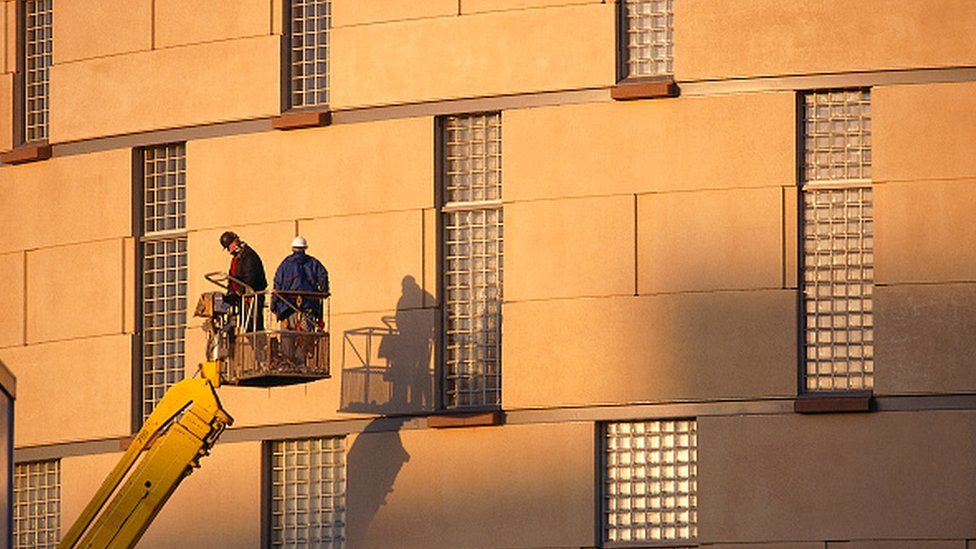
New guidance has been released aimed at reducing the number of wall safety surveys being requested by banks and building societies on blocks of flats…
Thousands of flat owners have been unable to sell or remortgage because they cannot get the checks done.
The Royal Institute of Chartered Surveyors (RICS) said it would help lenders save time when the inspections were not needed.
Most lenders are likely to follow the advice but there is no guarantee.
The checks were first developed to assess the potential financial impact of cladding on high-rise flats, after 72 people died at Grenfell Tower.
To begin with, only those who owned flats in tall buildings with dangerous flammable cladding were affected.
But after the government extended its advice to smaller properties in January 2020, mortgage lenders began demanding fire surveys from a much wider range of sellers.
Hundreds of thousands of leaseholders have since been asked for EWS1 external wall safety forms when they sell or remortgage.
This requires a specialist survey – but there haven’t been enough qualified surveyors to do the checks, leaving thousands of owners “in limbo”, according to the government.
‘Costly remediation’
Some owners have also reported being asked for EWS1s when there appears to be little or no flammable materials attached to their building.
RICS said its new guidance would clarify types of properties which will, and will not, require additional inspections to speed up mortgage approvals.
It said the guidance was the result of “painstaking” consultation with valuers, leaseholders, lenders’ fire safety experts and government.
“This announcement is a crucial step in unlocking the market, by ensuring that only those buildings where there are risks of costly remediation as a result of safety concerns from cladding are subject to additional checks,” said Dame Janet Paraskeva, chair of the RICS Standards & Regulation Board.
“The guidance is anticipated to result in a reduction in the number of EWS1 requests which will therefore allow more focus on the assessments of higher risk buildings, which should speed up the overall process whilst ensuring appropriate protection for lenders and purchasers.”

Last year the government tried to solve the backlog by saying that flats in buildings without cladding would no longer need EWS1 checks.
But mortgage lenders refused to recognise the directive.
Housing Secretary Robert Jenrick said RICS’ new guidance would mean “nearly 500,000 leaseholders will no longer need an EWS1 form – helping homeowners to sell or re-mortgage more quickly and easily”.
He added that the government had paid for an additional 500 surveyors to be trained to carry out EWS1 checks when they are necessary.
“The government has also provided an unprecedented investment of £5bn to protect leaseholders from the costs of cladding remediation,” he said.
‘Risk appetite’
In a joint statement, UK Finance and the Building Societies Association, which represent lenders, said that they expected many lenders to follow the guidance “which should see the number of EWS1 requests fall”.
But they added that it was still a decision “for each lender to make based on their own risk appetite”.
RICS said it would work with the government and other stakeholders to ensure the guidance is implemented by 5 April.
It will also publish advice for buyers and sellers about the risks associated with multi-story, multi occupancy buildings.


